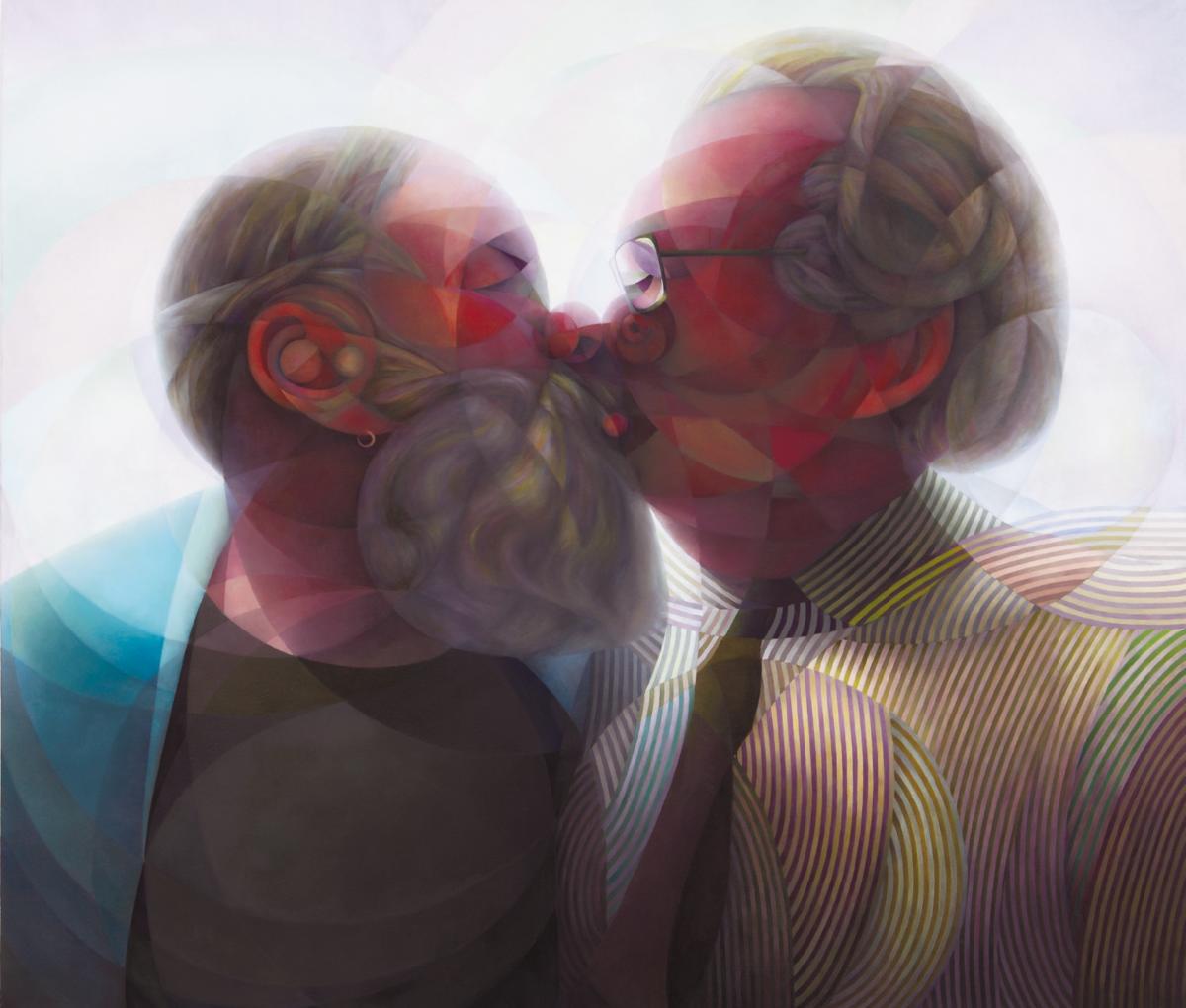
Zacheta — National Gallery of Art presents Anna Ostoya, the artist’s first institutional survey exhibition. Ostoya’s works are shown here in a new configuration:pieces that were previously arranged to form specific meanings are re-ordered to them in different contexts. The exhibition features earlier paintings and collages, as well as the latest works that all touch upon the problems of art, politics and personal experience.
Her output is characterised by both formal and conceptual rigour. It is emblematic of a contemporary turn toward various narratives of art history — the avantgarde traditions from the beginning of the twentieth century such as Futurism, Cubism, Dadaism, Constructivism, and Expressionism, as well as post-war neo-avant-garde traditions such as Minimalism and Conceptual art, Pop and postmodernism. In the currentethos of ‘New Modernism’the artistic strategy of Ostoya is based on a variety of media. The artist appropriates, reconstructs and redefines avant-garde techniques and styles such as collage, photomontage and painting. Abstractionclashes with figuration, with the latter dominated by old stylistic conventions and the cubist method of fragmentation. She resuscitates colour that recalls the achievements of the first avant-garde. Andshe recycles pre-existing photographs, paintings and narratives, placing her oeuvre in the domain of appropriation art, which seeks to undermine the idea of uniqueness in art. Oscillating between seriousness and irony, Ostoya addresses the conditions and limitations of modernism, attempting to reread its complex paradigms.

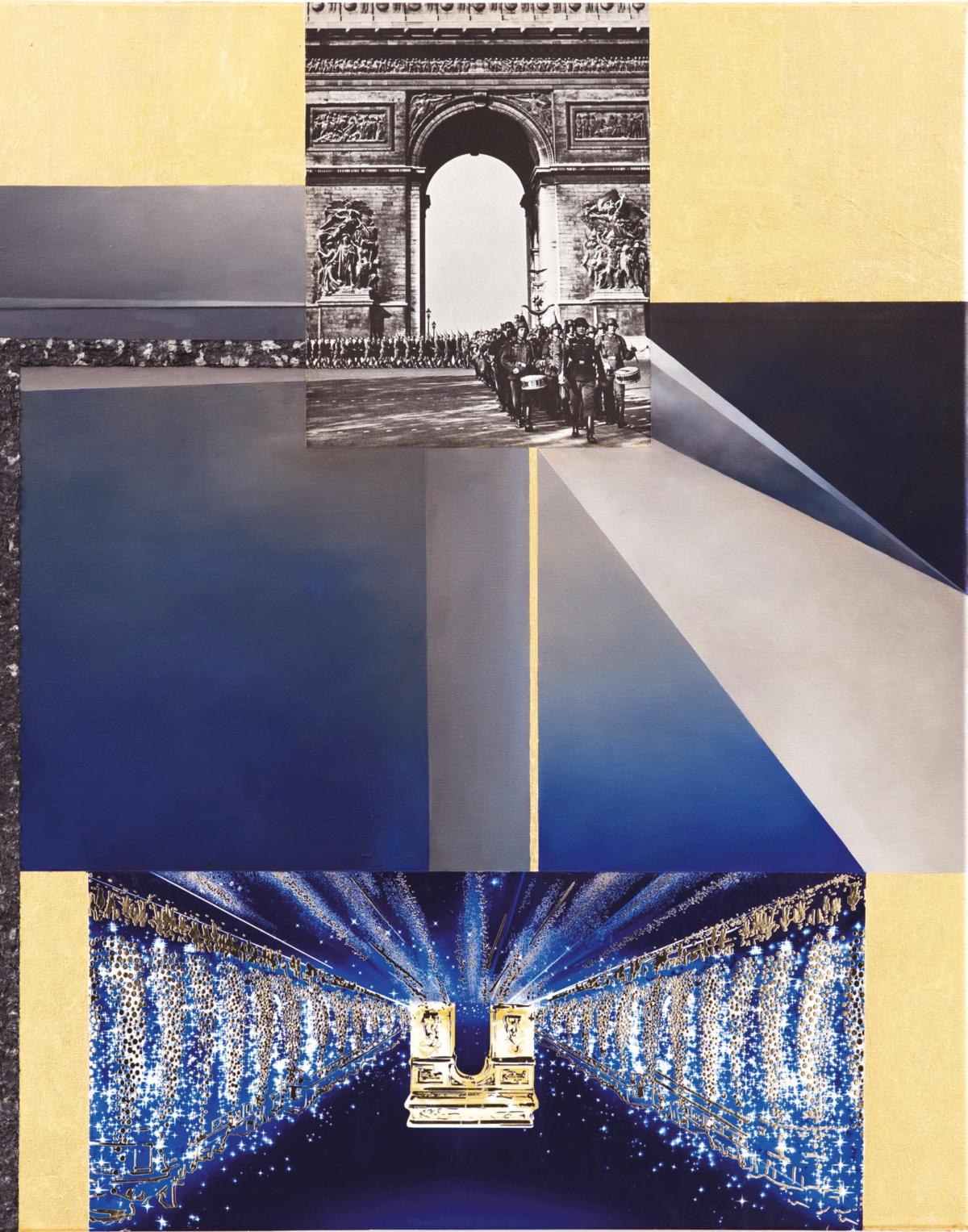

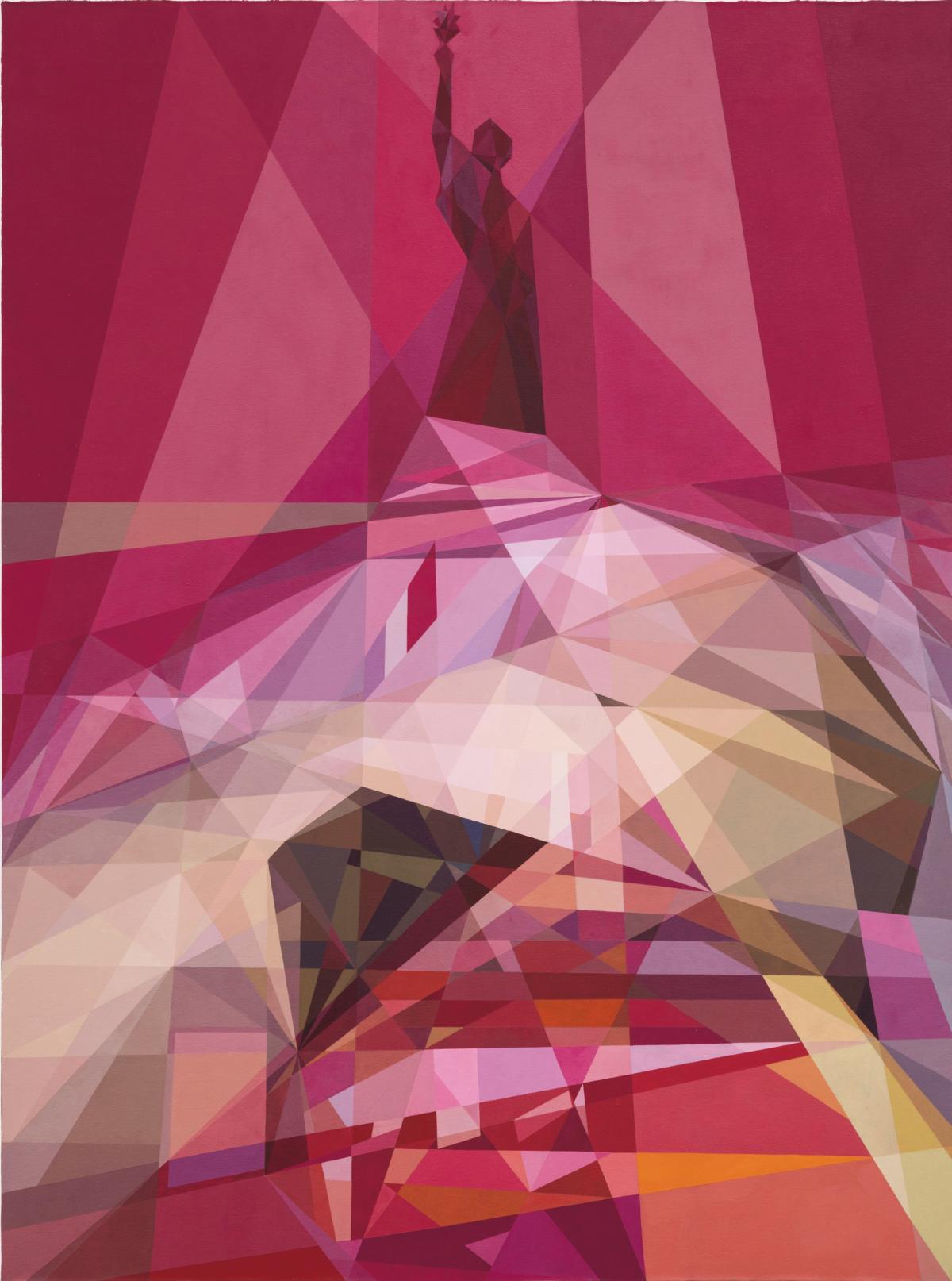


The exhibition features a selection of collages from the series created in recent years: Exposures (2011), Alte Sachlichkeit (The Old Objectivity) (2016) and Views (2017). They are characterised by intellectual and formal discipline; the works balance between abstraction and representation. Collage allows Ostoya to connect places, situations and various, often contradictory time perspectives to build riddle-like correspondences. It enables her to reveal the parallels between different political periods and places, as well as the affective experiences rooted in them, e.g. of the permanent threat of war or eternal fear of violence from authorities.
The exhibition features a selection of Ostoya’s most significant compositions and paintings: large horizontal works from the series Transpositions (2014) that appear indifferent, apolitical, incorporeal and detached, in opposition to others in the show. The exhibition also emphasises Ostoya’s interest in appropriation art – almost all of the paintings she derived from found images: TheKiss (1) (2013) – painted from a snapshot of the affectionate kiss exchanged by two crucial personages in the art world, the conceptualist Lawrence Weiner and the prominent art historian Benjamin Buchloh, symbolizes a specific union of art theory and practice, as well as the masculine power; The Origin/The End (2009) – a version of Gustave Courbet’s nude The Origin of the World (1866) – deals with the issue of the subjectification and objectification of a female body; and Work (2013) – a painting executed with reference to John Heartfield’s famous photomontage approaches the problem of unemployment, class inequality, crisis, male-female gender division, commodification of subjects and their mutual relationships…

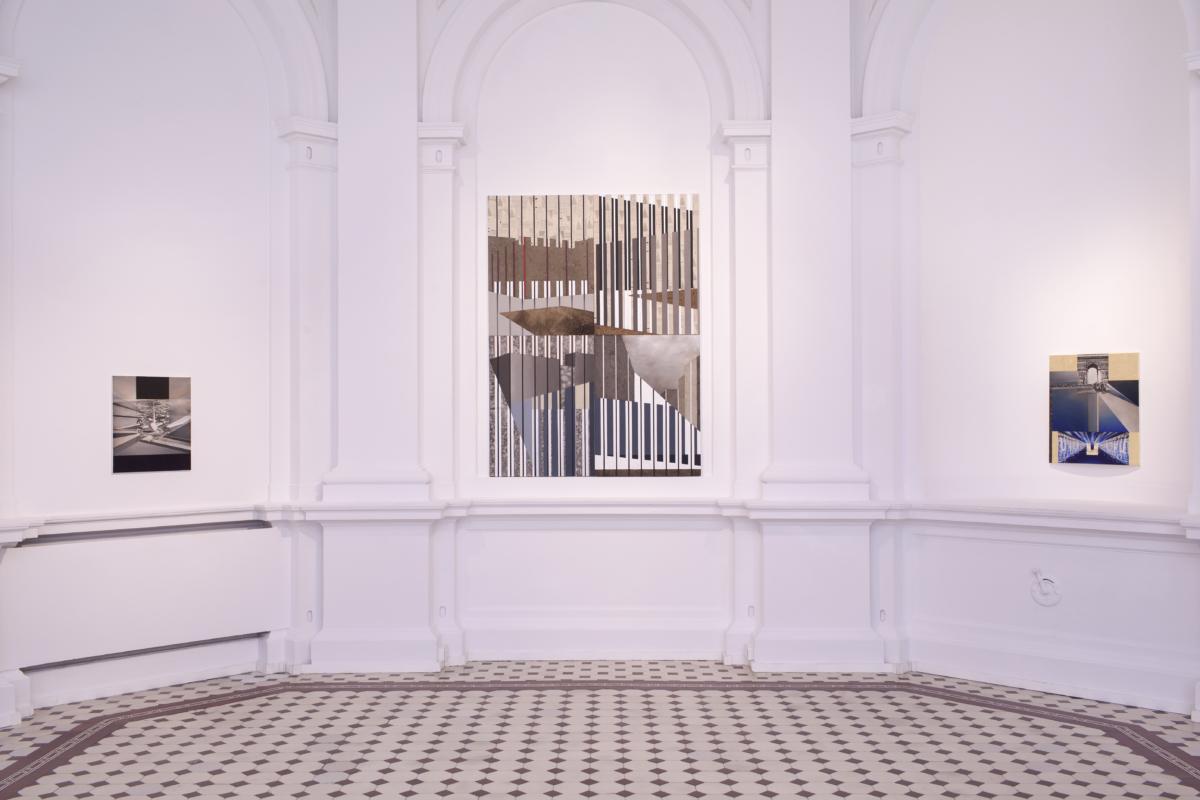



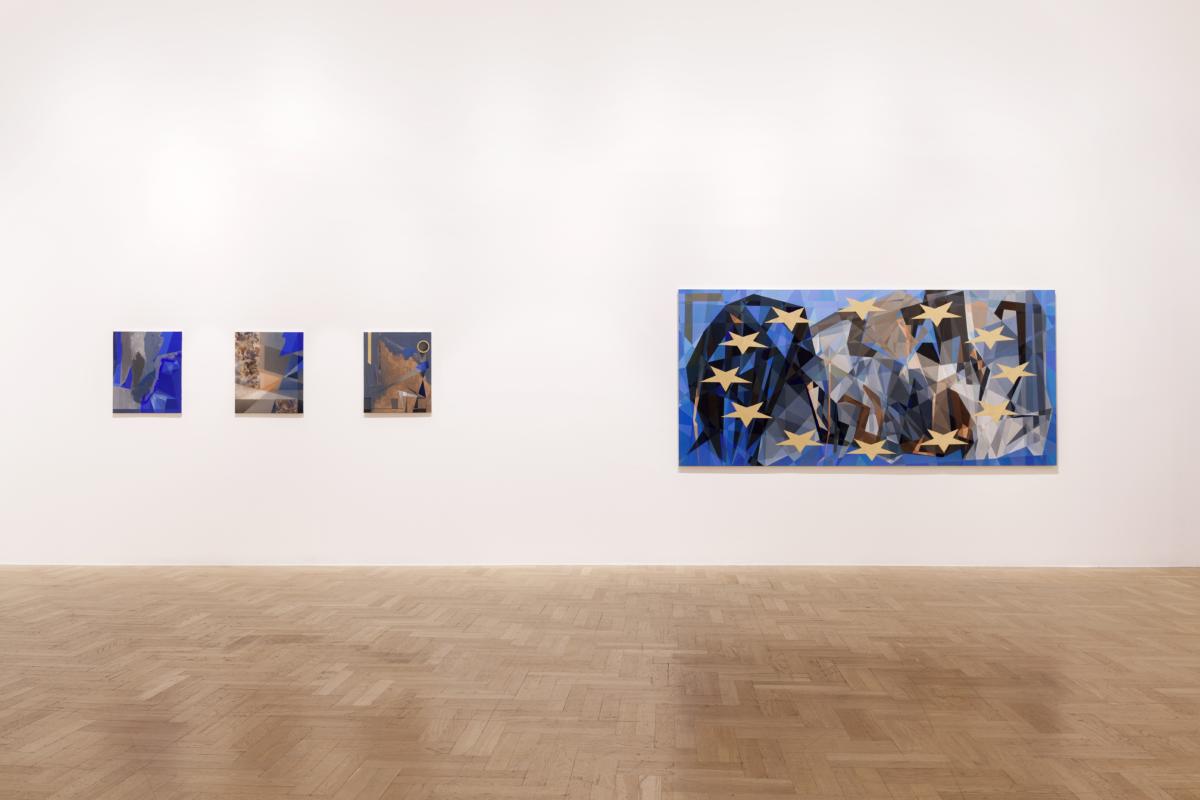



In her work Ostoya uses visual symbols of modernity, painting styles and images, and reinterprets them in modernist, cubist and other forms. Such modernity, present most of all in the formal layer, constitutes the main tool for criticising and exposing the contemporarystatus quo. The conceptual approach is a well-thought-out artistic strategy thanks to which Ostoya revives various narrations of art history.
Imprint
| Artist | Anna Ostoya |
| Exhibition | Anna Ostoya |
| Place / venue | Zacheta — National Gallery of Art, Warsaw |
| Dates | December 16, 2017 – February 11, 2018 |
| Curated by | Maria Brewińska |
| Website | zacheta.art.pl/en |
| Index | Anna Ostoya Maria Brewińska Zachęta – National Gallery of Art |
